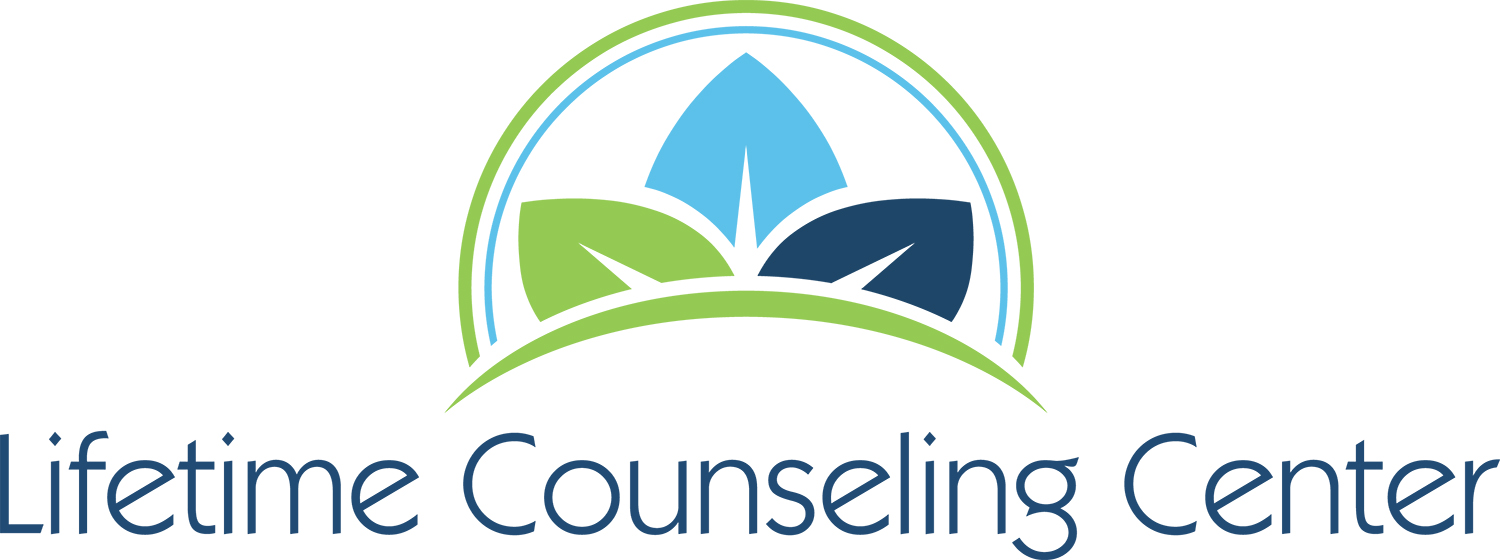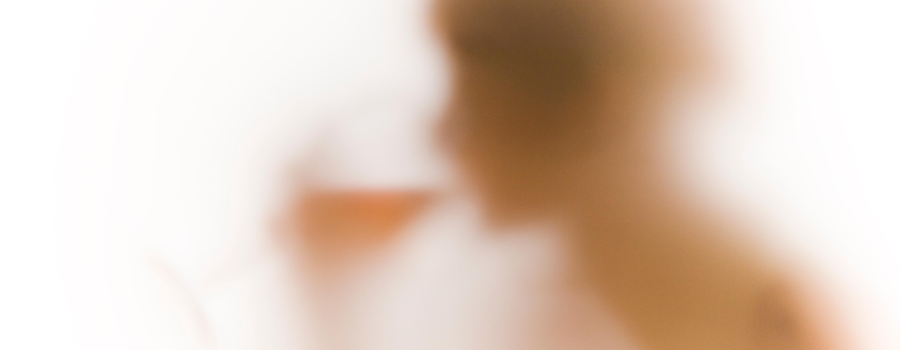We’ve heard a lot about substance abuse becoming more prevalent during the pandemic. Here is a question and answer session recorded recently by therapists Tricia Madsen and Laurie Carter of Lifetime Counseling Center in Cocoa, Florida.
We’re here to talk about substance use disorders. We’ll talk about it in general, but also in light of some extra anxieties and pressures that are out there because of what’s happening with COVID-19 – with social distancing, possibly being in tighter quarters at home, and also with the economic pressures people may be feeling as businesses have closed and workers laid off or furloughed.
Q: What is your therapeutic approach to treating substance abuse disorders?
Tricia: Our whole team is dedicated to the treatment of substance use disorders. We use a medical model and we believe substance use disorders are a treatable disease. Our approach is multifaceted. We have groups as well as individual outpatient mental health sessions. They include the component of understanding cravings and triggers as well as managing these triggers. We also focus on any other mental health issues specific to each client that may be a contributing factor to substance use. This topic is particularly relevant with regard to the pandemic.
Cravings are both psychological and physiological and vary in intensity and desire to gain access to something, whether it’s food, alcohol, cigarettes. And at some point our brain associates that pleasurable feeling you get from using and pairing it to the substance by releasing dopamine in the brain with each use and repeated use only strengthens that bond. So when a craving arises, access to the substance may be limited as it is now with this pandemic, and unpleasant feelings are going to occur. And that further solidifies in your brain that you just must have this item. Triggers can be people, places, and any kind of thing that cues a craving. A common cue is frequently associated with leisure activities – football, fishing, bars, stress – as well as friends, neighbors, or just places they used to use. Emotions can be strong triggers as well – sadness, anger, boredom.
Recognizing this as a treatable disease enables the person to have a sense of control over the substance use disorder. And they can be an instrumental player in their own treatment, which is something we advocate for here. Chances are people are already aware of their cravings, but they may be less aware of their triggers. And these triggers are important to identify, so you can reduce your risk of exposure to them. Often people don’t realize what their triggers are and a person could look into their daily life and assess for people, places, things, and emotions that have contributed to past use and identifying triggers and reducing exposure to these identifying triggers can mean reducing cravings.
Q: So once a person does identify triggers and cravings, you know, what’s the next step.
Laurie: I think it’s important that people remember that cravings don’t last forever. Your attitude toward identifying the cravings will also likely determine your success in managing them. Once the triggers are identified, the individual should take steps to evaluate their own behaviors, as well as situations in which they feel compelled to use and should focus on modifying those behaviors. A healthy replacement of behaviors that are achievable and realistic are important and understanding the resources that you have available in eliminating opportunities to actually get the substances. And creating relapse prevention plans can be helpful. The relapse prevention plan is basically an outline of identified triggers, new thoughts and behaviors to implement in place of the old behaviors. And this helps to reduce the effect that triggers can have on a person. For example, if sadness is an emotional trigger, they might implement a healthy, positive coping skills, such as exercise. Or maybe boredom’s a trigger. They could put a puzzle together, read a book. Now that people are staying home more, it’s very important to identify things that are easily accessible in the home so that they have access at any moment when they have a trigger or craving. And it’s also really important to identify strong support systems, people they can turn to in times of cravings or being triggered, who can help them walk through that moment.
Q: What are some signs that alcohol or substance use is becoming problematic?
Laurie: There are many signs that substance use is maybe becoming problematic. Hiding your use or how much you use is one sign. It could be because you’re ashamed of your use, or you just don’t want others to know that you are using drinking more often or using the substance more often, or in higher quantities. For example, you tell yourself you’re only going to drink on the weekends, and you end up drinking a few days during the week after work as well. This allows your body to build up tolerance to the substance, which leads to needing higher quantities to have similar effects. For example, you could maybe have felt the effects of alcohol after one drink before, and now it takes two or three. According to the center for disease control, binge drinking is the most common pattern of excessive drinking in the United States. Binge drinking is defined as a man consuming more than five drinks and a woman consuming more than four drinks in any two-hour period. And that’s another warning sign.
Using substances to cope with negative emotions or negative situations is another warning sign. If you’re angry, you decide to have a drink. If you’re sad, you decide to have a drink. Another sign is if you’re having difficulty in relationships due to your substance use, or having trouble fulfilling wo0rk obligations, or neglecting your responsibilities around the house. Those are all warning signs as well as frequent mood swings or depression, or simply just not feeling mentally as well as you used to.
Q: What effect does alcohol or substance abuse have when a person is suffering from a mental health condition?
Laurie: Alcohol and other substance use disorders co-occur typically. According to the National Institute on Drug Abuse, approximately half of individuals who experience a mental health disorder will also experience a substance use disorder at some point in their lives. The relationship between the two co-occurring disorders is not causal, meaning one doesn’t necessarily cause the other in treatment. It is actually very difficult to attempt to even identify which came first. Therefore, we try to typically treat them together at the same time. Research suggests our genetic makeup can contribute to the development of both mental health disorders and substance use disorders; a family history of either disorder is a predisposition for an individual to actually develop a disorder. And conversely, substance use disorder can be a risk factor to the development of mental health disorder due to the changes the alcohol or substances may have on the brain. So it’s important to note that if a person is prescribed medication for mental health disorders, such as depression or anxiety, substance use alters the efficacy of the drug that they’re taking, as far as medication resulting in sometimes worsening their mental health symptoms.
Q: What resources or treatment options or are available now, with social distancing and more people staying at home? What can people do?
Tricia: One of the main things we always do here is a treatment plan. So when people are coming in and they’re going to be an outpatient here, we’d like to set goals setting goals because this way, this helps with negating the effects of substance abuse, cause people are having something to work for, so they could be keeping a journal. We’ll refer to medication assisted treatment, rehabilitation, outpatient therapy in the community. These can be done online as well. There are crisis lines available 24/7, and 2-1-1 Brevard is available for Brevard County residents to address mental health and substance use concerns. And we always encourage people to find and turn to their support system at any time they’re having any kind of cravings.
To reach out to Lifetime Counseling Center for an appointment or assistance, call 321-632-5792.

